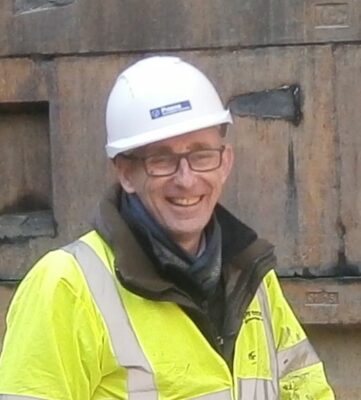October 22, 2021
The latest October’s British Drilling Association (BDA) webinar took place 20th October, looking at the fascinating topic “Groundwater Problems in Construction – Lessons for Ground Investigation” the webinar, presented by Dr. Martin Preene of Richter, was the most popular BDA webinar to-date, attracting nearly 160 registrations.

The presentation began with a synopsis of the presentation about how groundwater affects construction, the key factors such as soil stratification and aquifers, permeability, and groundwater levels, before moving on to groundwater inflows, groundwater pressures, and change in state of material.
Each factor was examined in detail with a look at soil stratification and aquifers, permeability of soil and rock, and groundwater level with illustrations of each and how they can cause construction problems highlighting what post failure investigations of problems revealed.
Much time was given over to the topic of permeability, from a basic understanding of its properties, through to its sources and why it is such a difficult problem. From the permeability of soil and how it is difficult to measure, to how particle size, which defines the soil type, is a very good indicator of groundwater behaviour – varying from coarse grained soils ‘water-bearing’ gravels, sands and gravels, sands which typically have high permeability through to fine grained cays and silty clays that have a very low permeability.
The flow of water through rock was considered, with an exploration of the properties anisotropy, heterogeneity and scale effects, before looking at the sources of quantitative and non-quantitative permeability data and associated methodologies.
Martin concluded the presentation by discussing how, because ground investigation is the primary source of information to allow groundwater problems during construction to be predicted and managed, the many key factors must be considered. Ground investigations should aid designers by accurately describing soil and rock stratification to help identify potential aquifers and aquitards, estimating permeability of soil and rock, and assessing the likely range of groundwater levels. Martin also commented on the how critical it is to understand the importance of these factors and how they can help ground investigations focus on their objectives to aid the design of construction temporary works.
A questions and answers session closed the presentation.
A link to the webinar recording is available here: Groundwater Problems in Construction